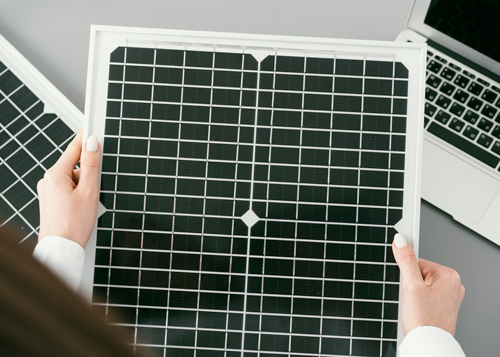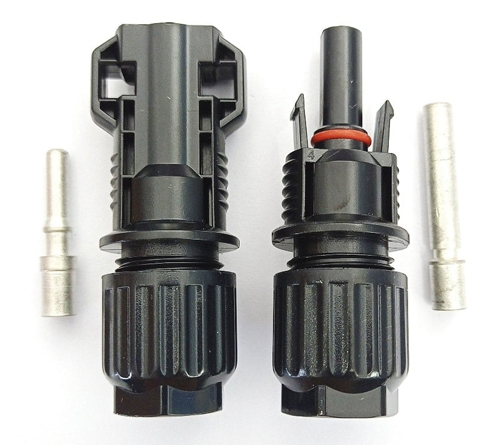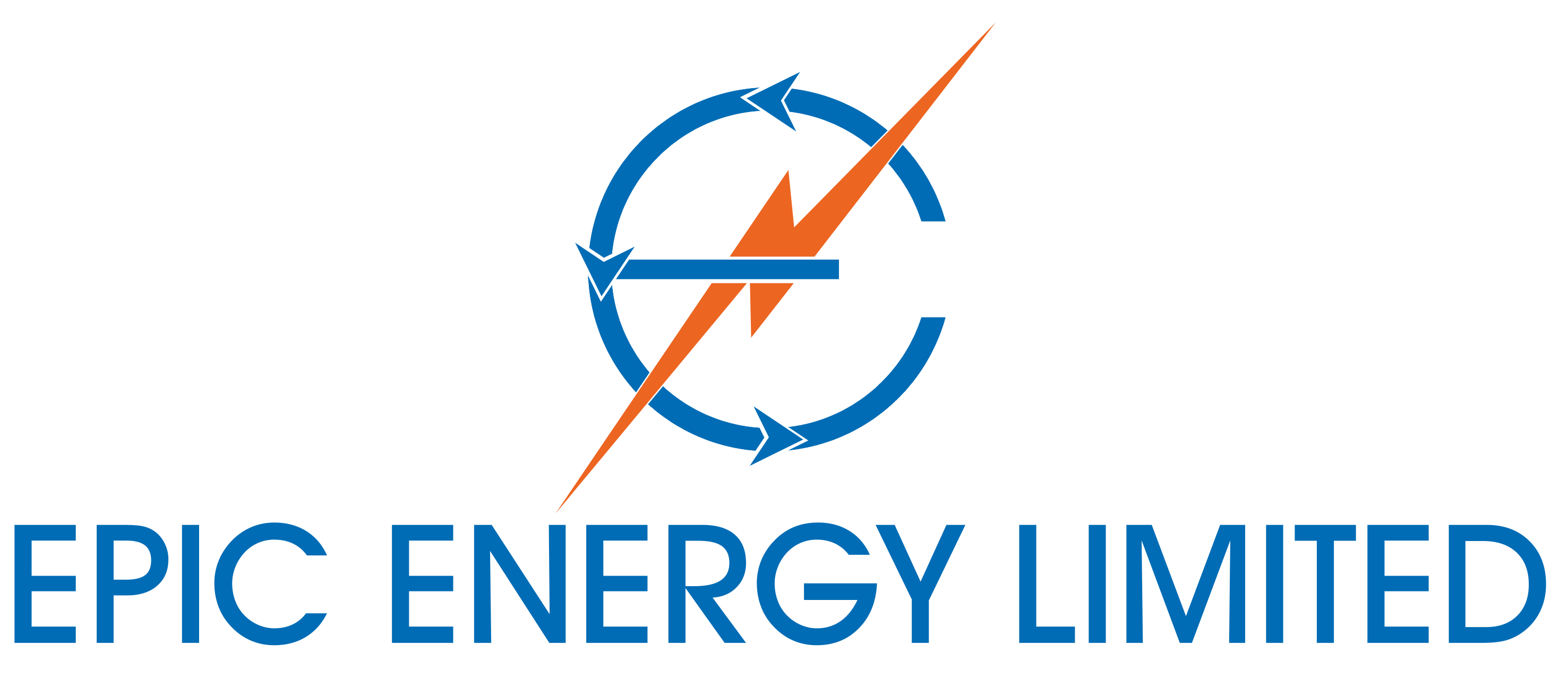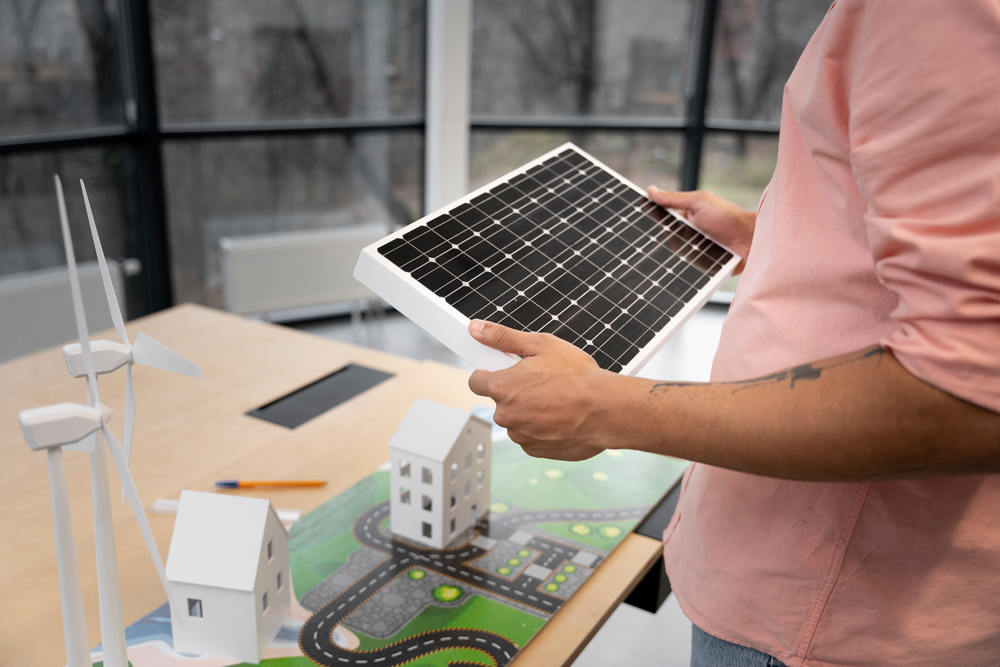1) Determine your energy requirements
- Check your electricity bill: Look for the section on your bill that shows your monthly energy usage in kWh. This will give you an idea of how much energy you use each month.
- Calculate your daily energy consumption: Divide your monthly energy usage by the number of days in the billing cycle to get your daily energy consumption. For example, if your monthly energy usage is 600 kWh and your billing cycle is 30 days, your daily energy consumption would be 20 kWh (600 kWh ÷ 30 days).
- Consider your future energy needs: Think about any changes you might make in the near future that could affect your energy consumption. For example, if you plan to buy an electric vehicle or install new appliances, your energy needs may increase.
2) Choosing the right solar panels
Before choosing panel Watts (W), Kilowatts (kW), Kilowatt-hours (kWh), Megawatts (mW), Megawatts-hours (mWh), Gigawatt (gW).
- W (watt) is a unit of power that measures the rate of energy.
- kW (kilowatt) = 1,000 watts and is commonly used to express the power output of solar panels or the capacity of an inverter.
- kWh (kilowatt-hour) is a unit of energy that measures the amount of electricity consumed or produced in an hour. It is commonly used to express the electricity consumption or production of a home or business.
- MW (megawatt) = 1,000 kW and used to describe the size of large solar farms or commercial solar installations.
- MWh (megawatt-hour) is a unit of energy that measures the amount of electricity consumed or produced in a hour for large-scale solar projects in megawatts.
- GW (gigawatt) = 1,000 megawatts and is typically used to describe the size of large-scale power generation from solar power plants. Example: output of a nuclear power plant or a large hydroelectric dam.
**kW is commonly used to mention power of solar panel.
There are various types of solar panels available in the market, including monocrystalline, polycrystalline, thin-film, and bifacial panels. Each type has its advantages and disadvantages, and you should choose the one that suits your requirements the best.


- Monocrystalline solar panels are made from a single silicon crystal and are the most efficient type of solar panel, with a conversion efficiency of up to 22%. They are space-efficient and have a long lifespan, making them a popular choice for residential and commercial installations. However, they are more expensive than other types of solar panels.
- Polycrystalline solar panels are made from multiple silicon crystals and are less efficient than monocrystalline panels, with a conversion efficiency of around 15%. They are less expensive than monocrystalline panels, making them a more affordable option for those on a budget.
- Thin-film solar panels are made by depositing thin layers of photovoltaic material onto a substrate, making them lightweight and flexible. They have a lower conversion efficiency than monocrystalline and polycrystalline panels, but they are less expensive and can be used in a variety of applications, including building-integrated photovoltaics (BIPV).
- Bifacial solar panels are designed to capture sunlight from both sides of the panel, increasing their overall efficiency. They are more expensive than other types of solar panels, but they can produce more energy in certain conditions, such as in areas with high albedo (reflectivity).
3) Inverters:
Inverters are an important component of a solar power system. They convert the DC (direct current) power produced by solar panels into AC (alternating current) power that can be used by homes and businesses.
A) There are three phases of electricity: Most homes use single-phase electricity, but larger homes or commercial buildings may use two- or three-phase power. While among 2 phase and 3 phase – 3 phase is most commonly used
B) Types of Inverters:
B) Types of Inverters:
a. String Inverters: A string inverter is a central unit that connects all the solar panels in a series, called a “string,”. It’s usually installed on the wall of the building or in a dedicated box. They are typically less expensive than other types of inverters and are suitable for residential and commercial installations.
b. Power Optimizers: Power optimizers are similar to microinverters, but they are installed at the panel level and work in conjunction with a string inverter. They optimize the DC power output of each panel and then send the power to the string inverter, which converts it into AC power.
c. Microinverters: Microinverters are small, individual units that are installed directly on each solar panel. Each microinverter converts the DC power from its respective solar panel into AC power. They are more expensive than string inverters but offer some advantages, such as panel-level monitoring and better energy production in partially shaded conditions.
b. Power Optimizers: Power optimizers are similar to microinverters, but they are installed at the panel level and work in conjunction with a string inverter. They optimize the DC power output of each panel and then send the power to the string inverter, which converts it into AC power.
c. Microinverters: Microinverters are small, individual units that are installed directly on each solar panel. Each microinverter converts the DC power from its respective solar panel into AC power. They are more expensive than string inverters but offer some advantages, such as panel-level monitoring and better energy production in partially shaded conditions.

String inverters are typically the most common type of inverter used in residential and commercial PV systems because they are cost-effective and simple to install. Microinverters and power optimizers are also commonly used in certain applications where their unique features, such as panel-level monitoring or shade tolerance, are desirable.
C) Grids: The electricity that pass-through inverters either stored or directly used instant of storing.
a) Off-grid Inverters: When electricity generated and not used, excess energy can be simply stored, using batteries for after use, is called as off-grid inverters.
b) On-grid Inverters: When electricity generated from panel and directly used instant of storing is called as on-grid inverters. Any excess energy generated and that is not used in real-time will simply be lost.
a) Off-grid Inverters: When electricity generated and not used, excess energy can be simply stored, using batteries for after use, is called as off-grid inverters.
b) On-grid Inverters: When electricity generated from panel and directly used instant of storing is called as on-grid inverters. Any excess energy generated and that is not used in real-time will simply be lost.
4) Other Important components:
a) Connectors: Connectors are devices used to join two or more electrical circuits together. Types of connectors


- These are the most widely used connectors in solar installations. They are easy to install, reliable and can be used with a wide range of wire sizes. They are also designed to be waterproof and UV resistant, making them ideal for outdoor use.
- Tyco connectors: These are similar to MC4 connectors and are also widely used in solar installations. They are known for their durability and are commonly used in large-scale commercial installations.
- Amphenol connectors: These are heavy-duty connectors that are designed for high-power applications. They are commonly used in utility-scale solar installations and can handle up to 1000 volts and 50 amps.
- Tigo connectors: These connectors are designed for use with DC optimizers, which are used to improve the performance of solar panels. They are compatible with a range of wire sizes and can handle up to 600 volts and 30 amps.
 b) Circuit breakers: Circuit breakers are electrical switches that automatically disconnect the circuit when it detects an electrical fault or overload, preventing damage to the system or appliances. Types of circuit breakers power rating: In India, MCBs come in different power ratings like are 6A, 10A, 16A, 20A, 25A, 32A, 40A, 50A, 63A, and 100A. When selecting an MCB for your electrical circuit, it’s important to choose an MCB with a power rating that matches the load of the circuit. It’s important to consult with a licensed electrician to determine the appropriate power rating of the MCB for your specific application to ensure proper protection of your electrical equipment and safety.
b) Circuit breakers: Circuit breakers are electrical switches that automatically disconnect the circuit when it detects an electrical fault or overload, preventing damage to the system or appliances. Types of circuit breakers power rating: In India, MCBs come in different power ratings like are 6A, 10A, 16A, 20A, 25A, 32A, 40A, 50A, 63A, and 100A. When selecting an MCB for your electrical circuit, it’s important to choose an MCB with a power rating that matches the load of the circuit. It’s important to consult with a licensed electrician to determine the appropriate power rating of the MCB for your specific application to ensure proper protection of your electrical equipment and safety.
c) Back boxes: A back box is a protective box that holds your solar system components like the MCB and inverter. It’s important to choose the right size box that fits all the components and allows enough air flow to keep things from overheating. Back Boxes majorly mentioned with circuit breakers.
d) Energy meters: Energy meters are devices that measure and monitor the amount of electricity consumed in a building or by a specific appliance or device. They record the energy usage in kilowatt-hours (kWh) and are essential components in solar power systems as they help track the amount of electricity produced and consumed.

